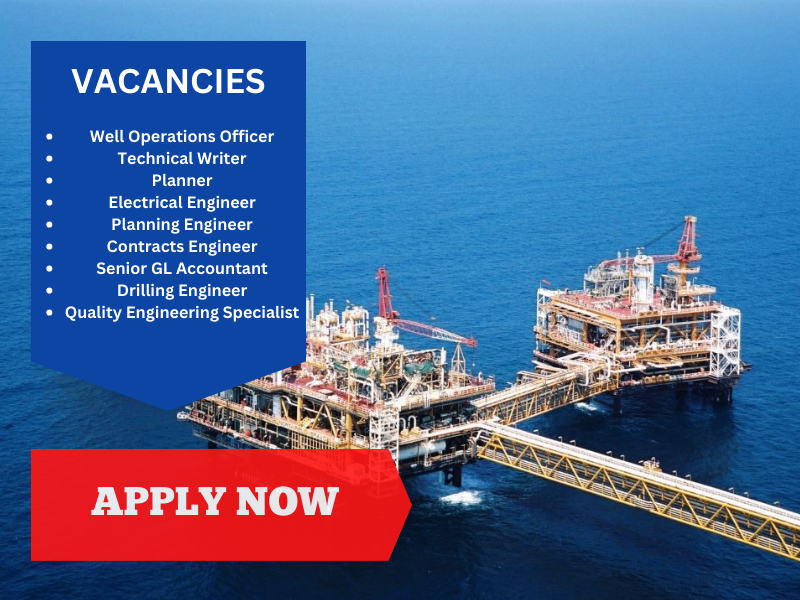Qatargas is a global energy producer unique in size, service and reliability. The company operates 14 liquefied natural gas (LNG) trains with a total annual production capacity of 77 million tons. This makes Qatargas the largest producer of liquefied natural gas in the world.
Founded in 1984, Qatargas develops, produces and markets hydrocarbons from the world’s largest non-associated natural gas field. In addition to LNG production, It is also a leading exporter of natural gas, helium, condensate and related products. Today, Qatargas continues to be the benchmark in the LNG industry as it safely and reliably delivers energy to customers around the world.
About Company
Qatargas is the largest liquefied natural gas (LNG) company in the world. It produces and supplies 77 million tonnes of LNG to the world every year from its seven companies – Qatargas 1, Qatargas 2, Qatargas 3, Qatargas 4, RL1, RL2 and RL3. It is headquartered in Doha, Qatar and has its assets in Ras Laffan, Qatar. Natural gas is supplied to Qatargas LNG trains from the Qatar North Field, arguably the largest non-associated gas field in the world. It reached a record LNG production of 77 million tons per year in December 2010. Qatargas was established in 1984 as a joint venture between QatarEnergy, ExxonMobil and other partners. In the following years, the company began to develop Põhjavälja and built the first three LNG trains (Train 1, 2 and 3) with a design capacity of 3.3 million tonnes a year.

The trains were built in 1996, 1997 and 1998. The company signed its first two major sales and purchase agreements with eight Japanese customers in 1992 and 1994, the largest of which was Chubu Electric Power. The contract guaranteed eight customers four million tons of LNG per year to Chubu Electric and six million tons per year for 25 years. Ras Laffan Liquefied Natural Gas Company was established in 1993 as a subsidiary to operate and maintain LNG and helium production and also operates as a subsidiary of Doha-based QatarEnergy. The official foundation of Qatargas 1 was laid in 1994, and in 1995 another important contract was signed with Korea Gas Corporation (KOGAS), guaranteeing the supply of 2.4 million tonnes of LNG a year.
In the same year, a 25-year contract was signed with Edison Gas. In 2002, a contract was signed with BP for the delivery of 750,000 tons of liquefied natural gas to Spain per year. The first shipment was scheduled for the third quarter of 2003, and the BP-operated LNG vessel British Merchant was ordered to carry shipments for three years. In the same year, QatarEnergy signed an agreement with ExxonMobil to build two additional LNG trains (Trains 4 and 5), forming the “Qatargas 2” joint venture. Exxon and other partners invested approximately $12.8 billion in the joint venture. The foundation stone was laid in February 2005.
Working at Qatargas
In 2011, Qatargas also signed a long-term contract with Malaysia’s Petronas for more than one million tons per year. The contract expires in 2018 and was later extended until December 2023. Qatargas Train 7 started production in 2011 (7.8 million tons per year) and Qatargas commissioned the Map Ta Phut LNG terminal in the same year. The following year, in 2012, Qatargas 1 signed a long-term contract with Tokyo Electric Power Company to produce more than one million tons of LNG per year. Qatargas 3 signed special contracts with Thailand’s PTT, Japan’s Kanasai and Chubu Electric Power in 2012.
In 2013, the Ras Laffa Helium 2 plant opened and produced its first helium that same year. The plant is the largest of its kind in the world and has made Qatar the world’s largest helium exporter. In 2014, construction of Laffa Refinery 2 began and the refinery delivered the first Diesel Hydrotreater (DHT). The DHT procurement and construction contract (EPC) was awarded to Samsung Engineering in 2012. The DHT can process 54,000 barrels (8,600 m3) of ultra-low sulfur diesel fuel per jet and was operated at 50 degrees. until Laffan Refinery 2 started production in 2016. The first ship-to-ship (STS) of LNG took place in 2014 with a Qatargas charter vessel after an incident in the Singapore Straight.
How to apply for jobs
If you’re interested in working at Qatargas then, click on the link given below to look at vacancies which are currently available and the registration procedure done for applying at the company.

